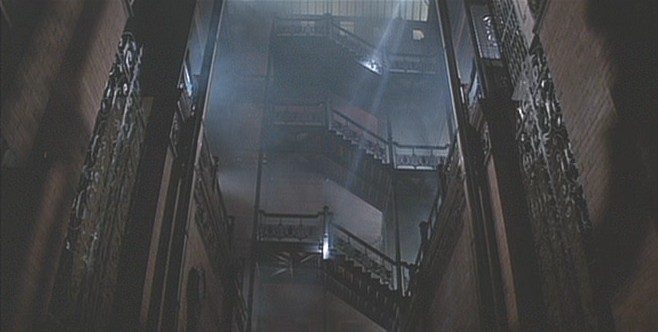Entropy
Jump to navigation
Jump to search
|
He lived alone in this deteriorating, blind building of a thousand uninhabited apartments, which like all its counterparts, fell, day by day, into greater entropic ruin. Eventually everything within the building would merge, would be faceless and identical, mere pudding-like kipple piled to the ceiling of each apartment. And, after that, the uncared-for building itself would settle into shapelessness, buried under the ubiquity of the dust.
Entropy
/ˈɛntrəpi/ (n.)
A warm, tepid place, rather like a recently-sat-upon lavatory seat. Also, where we are all going. The challenge is to create and defend systems that preserve or enhance signal in defiance of our inevitable slide into noise.
Could refer to:
- Any of the Jolly Contrarian’s:
- The boredom heat death of the universe.
- The place betwixt an executing broker and a clearing member.
